About the problem of dactyloscopy
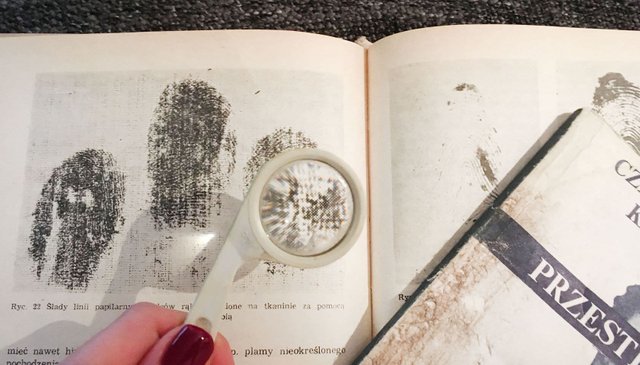
Hi
Today I want to share with you information about fingerprints and use them in the investigation.
First, what are fingerprints?
Fingerprints are called slats that appear on the tips of the hands on their inside. The slots are separated by parallel running rails, so that we can see on their reflection their layout. On the back of the slats are sweat ducts, which secrete sweat associated with the secretion of sebaceous glands, creating a sweat-fat substance. With this substance it is possible to reveal and collect fingerprints. Fingerprints are a valuable material for identifying a person. This is due to their characteristic construction and morphological properties.
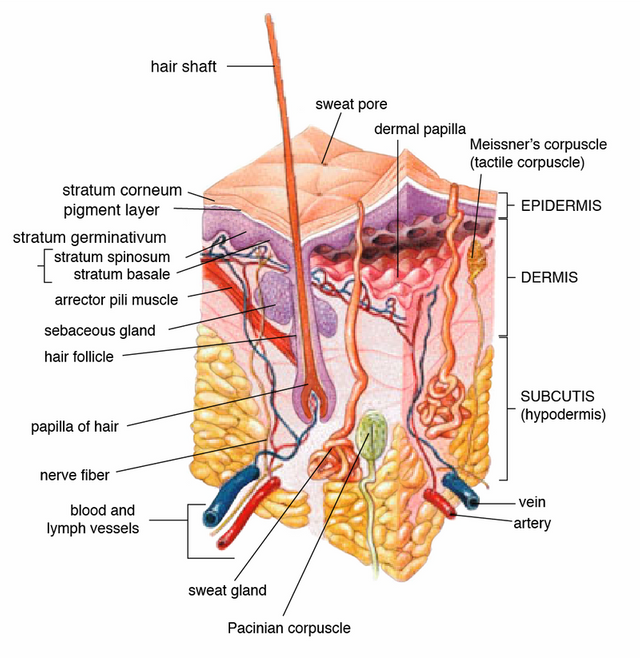
anatomical construction of human skin
Dactyloscopic problems
Dacryloscopy (The science of fingerprint identification) is based on three laws (3N) announced by Francis Galton. They say that fingerprints are invariable, indelible and unique. Are you sure?
- The first principle has been confirmed by observations that last for decades. Changes in fingerprints were observed only when the dermis was damaged. Damage to the dermis can leave scars, but the remaining fingerprints on the fingers are unchanged. This principle is also confirmed by the temporary disappearance of fingerprints resulting from superficial injuries (burns) or due to the profession, eg bricklayers, fishermen, metallurgists. In their profession, the surface of the epidermis is severely scrubbed, but it takes just over a dozen days for the skin regenerate.
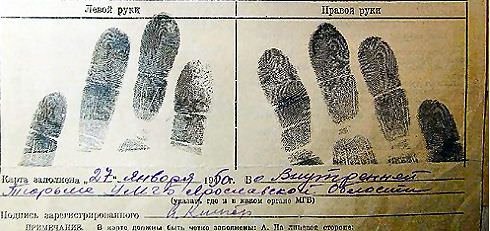
- The second rule is that fingerprints are indelible. However, we can do it in the vicinity of a dermatologist applying for a dermabrasion treatment :) It involves exfoliating the skin with surgical paper and then firing the skin to a deep layer of skin. The less invasive way is to take certain medicines for cancer that cause fading fingerprints. In some cases the skin will regenerate (if the dermis is not damaged) and the unique code on our fingers will back. If not, then such fingerprints will be a good indication for the investigative department.
- It is also worth mentioning a rare disease - adermatoglyphia. Healthy fingerprints are formed between 100 and 120 days of fetal life. In case of people with this disease, fingerprints are not formed. They are born without fingerprints. This is due to the mutation of the SMARCAD1 gene. Not much is known about the fullness of the SMARCAD1 gene, but speculates that it is involved in the development of dermatoglifs and sweat glands in the skin.
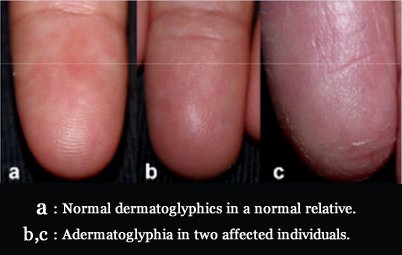
- The third rule is that fingerprints are unique. This means that the fingerprints are individual to each person and it is assumed that there are no two individuals with identical fingerprints. Even twins have different fingerprints. However, this principle has not yet been finally confirmed by scientific research. There is, for example, a case of Brandon Mayfield, who has been sentenced to prison for a terrorist attack in Madrid. The fingerprint of the accused was the only material available to investigators. However, he was acquitted, because It was proved that he was on another continent! There are many other such examples.
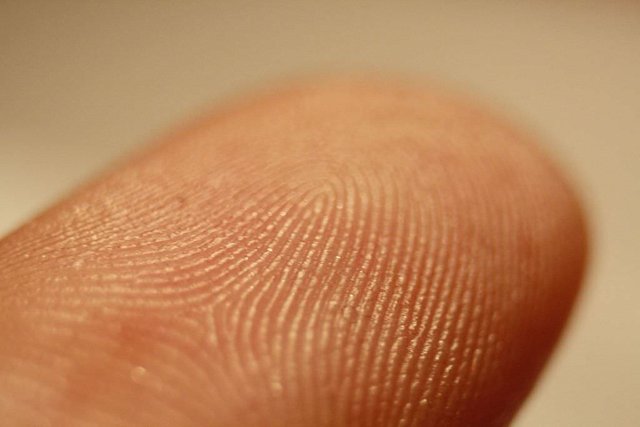
Beyond the 3N rules
Fingerprint research is an analysis with many mistakes that may be due to human mistakes (investigators), incomplete investigation material, and / or deformation. In addition, the perpetrator of the crime may steal an object with fingerprints of another person to confuse law enforcement and lengthen the investigation.
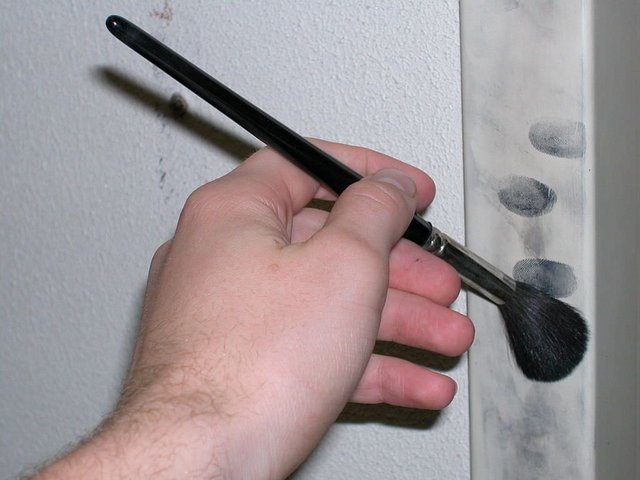
Good post, some good information. Intelligence agencies can scan any finger print onto transparent material, similar to contact lens and can therefore assume any identity. It's been done for years now. A special solution is required to stick and remove the material, last I heard.